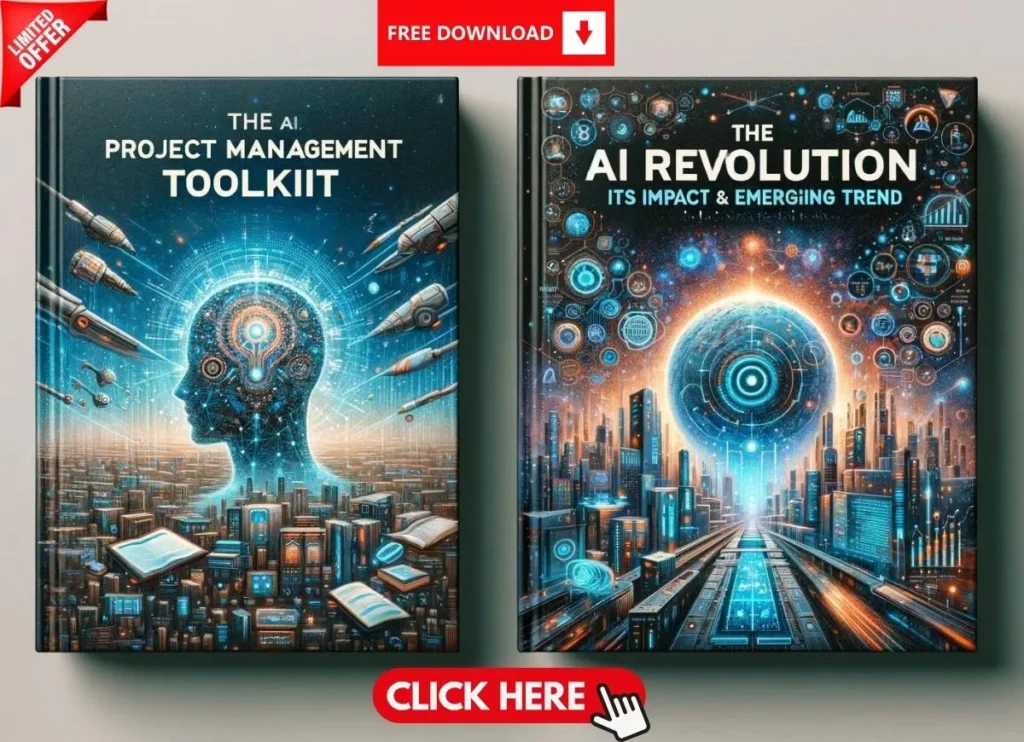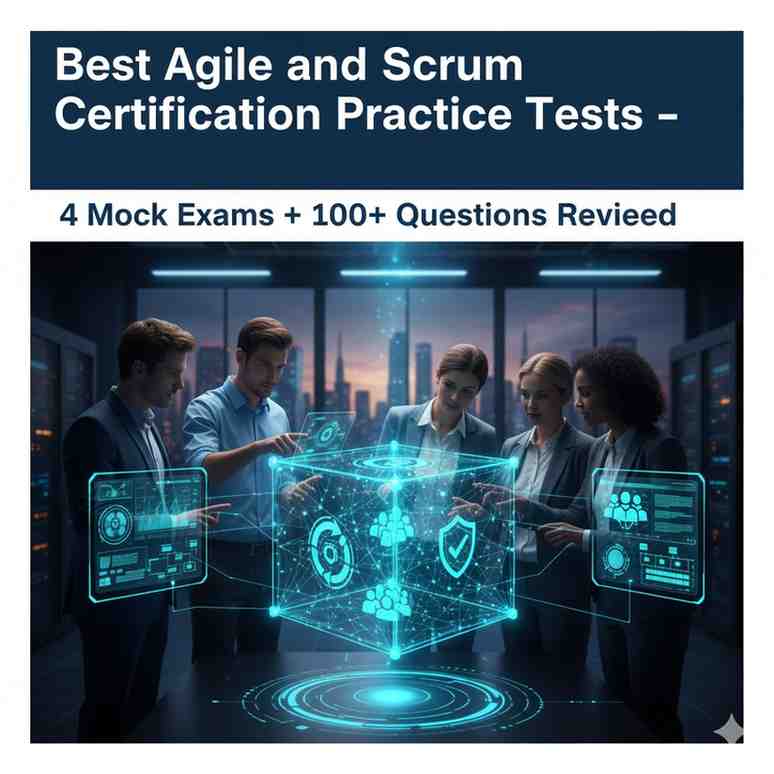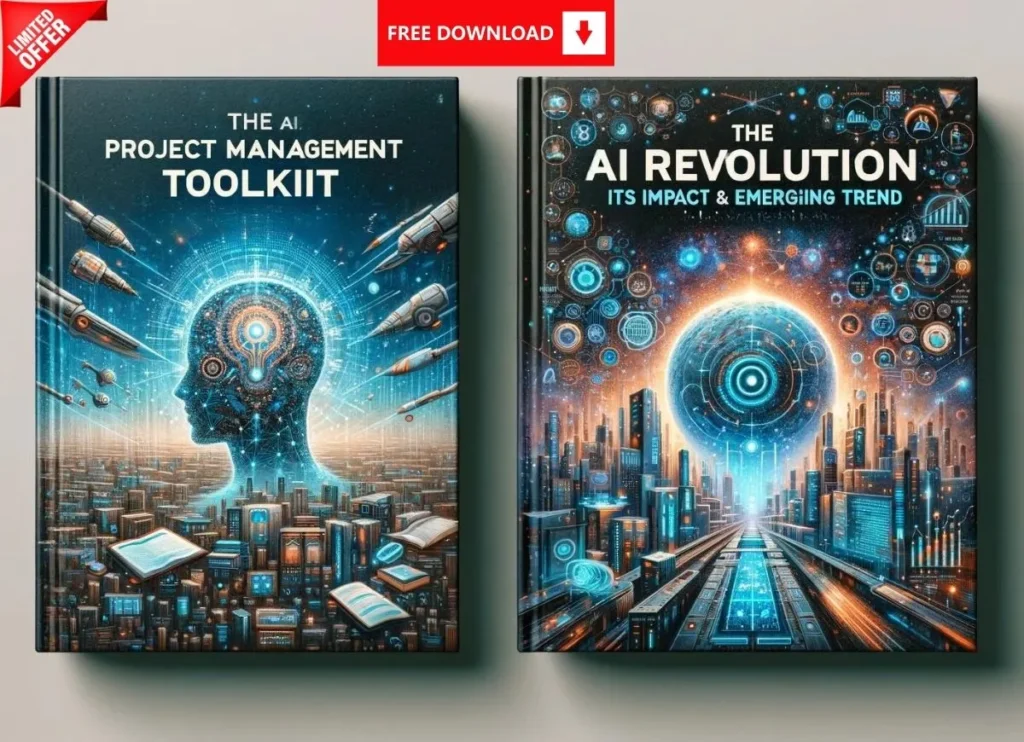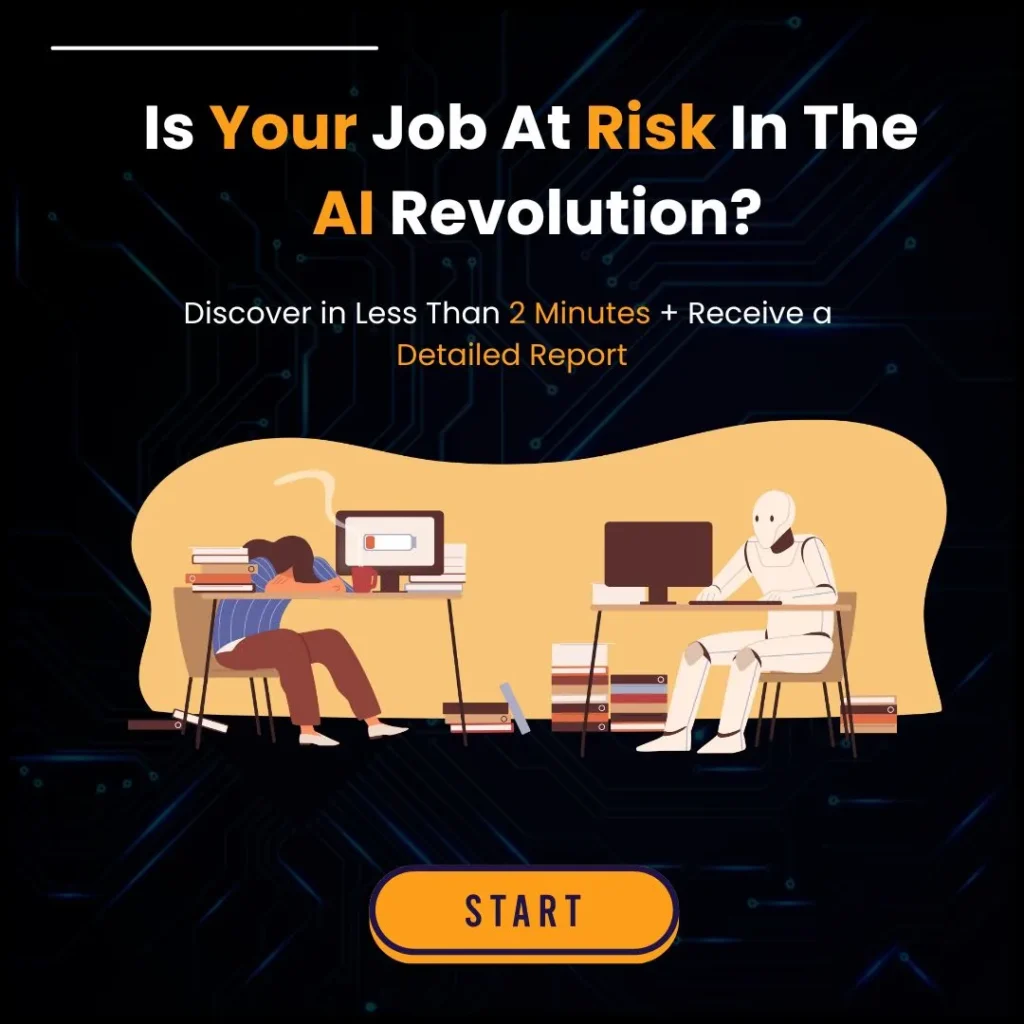1. Introduction
Artificial intelligence (AI) is at the forefront of transforming business processes, products, and services across every industry. But behind each successful AI-driven initiative stands a capable AI Project Manager—a professional who blends classic project management skills with a deep understanding of AI technologies. This hybrid role covers everything from coordinating machine learning (ML) teams and managing stakeholder expectations, to spearheading ethical data governance and ensuring successful deployment.
In this article, you’ll get a firsthand look at a day in the life of a project manager who specializes in AI. We’ll narrate the daily tasks, responsibilities, and decision-making processes these professionals tackle, showcasing exactly how AI transforms the role of project managers in modern businesses. By the end, you’ll understand what an AI project manager does daily, what key challenges they face, and how AI technology supports them every step of the way. We’ll also highlight how specialized training prepares aspiring and existing project managers to thrive in this rapidly evolving field.
2. Who Is an AI Project Manager?
AI Project Managers serve as the linchpin in AI-enabled initiatives. They integrate project management best practices—like scope definition, budgeting, resource allocation, and risk assessment—with a strong grasp of data science, machine learning, and automation tools.
Responsibilities of an AI Project Manager in Modern Projects
- Overseeing AI Lifecycles: From data acquisition and model building to deployment and monitoring.
- Aligning Stakeholders: Communicating progress to executives, data scientists, engineers, and end-users to maintain a shared vision.
- Managing Budgets and Timelines: Balancing financial constraints with development milestones, particularly relevant for large-scale AI investments.
- Risk Mitigation: Anticipating issues like data quality problems, model inaccuracies, or ethical concerns before they derail the project.
- Ensuring Compliance: Upholding data governance, privacy, and ethical standards throughout the project lifecycle.
Unlike traditional project managers, AI Project Managers must grasp concepts like algorithmic bias, explainable AI, and data architecture. This knowledge helps them guide teams effectively, bridging the gap between technical complexity and business objectives.
3. A Typical Morning: Kickstarting the Day
Every AI PM’s morning starts with a strategic alignment of tasks and priorities. Here’s how a typical day might begin:
3.1 Reviewing Overnight Activity
Many AI processes (e.g., data pipelines, model training, automated tests) run during off-hours. So the day often starts with:
- Email and Slack Check: Looking for alerts from automated workflows or error logs.
- Dashboard Review: Checking dashboards that monitor model accuracy, data pipeline health, and cloud compute usage.
The morning check often reveals whether any cron jobs failed, if certain data was out of bounds, or if a model’s performance dipped unexpectedly.
3.2 Setting Daily Goals
Next, the AI Project Manager defines daily objectives for themselves and their team:
- High-Priority Items: For instance, addressing a significant data discrepancy or preparing a presentation for C-level execs on model performance.
- Medium-Priority Items: Scheduling code reviews, updating project documentation, or refining timelines based on new business inputs.
- Time-Sensitive Meetings: Blocking off the calendar for crucial discussions with external stakeholders or vendor check-ins.
This structured start helps the PM maintain clarity about the day’s most pressing tasks and ensures they can respond proactively to any urgent technical issues.
4. Mid-Morning: Collaborations and Stand-Ups
Collaboration is at the heart of AI project management. While a typical software project might involve developers, designers, and QA testers, an AI initiative incorporates more roles—data engineers, machine learning engineers, data scientists, domain experts, and sometimes ethicists or compliance specialists.
4.1 Daily Stand-Up Meetings
Short, agile-style stand-ups help keep everyone synced. Here’s what an AI PM might do:
- Data Engineering Check-In: Confirm data pipelines are stable, review any new data ingestion strategies, and discuss cleansing or labeling tasks.
- ML Team Sync: Touch base on modeling progress, performance metrics, or hyperparameter tuning in real-time.
- Risk Spotlight: Urge the team to flag emerging issues—such as unexpected data drift or cost overruns on cloud GPU usage.
4.2 Cross-Functional Collaboration
Apart from stand-ups, the AI PM could host a short huddle with domain experts to confirm feature definitions for a new model. For example, in a healthcare AI project, the PM might clarify with clinicians the parameters that define “high risk” patient groups for a predictive model. This ensures data scientists train on the right features and incorporate domain-specific nuances.
5. Late Morning: Data and Tool Management
By late morning, the AI Project Manager pivots from coordinating team activities to diving deeper into tooling, data governance, and resource oversight.
5.1 Tool Evaluation and Integration
AI projects often require specialized software to manage data workflows, build and monitor models, or facilitate real-time inferences. A PM might:
- Assess New Tools: Evaluate whether the team needs to adopt or upgrade any machine learning frameworks, annotation platforms, or MLOps services.
- Review Licenses: Check if existing software licenses are about to expire or if seat counts need to be adjusted as the team grows.
5.2 Data Governance and Security
Data is the lifeblood of AI. Ensuring its security, accuracy, and compliance is a daily affair:
- Data Compliance: If the organization operates under GDPR or HIPAA regulations, the PM ensures that personally identifiable information (PII) is handled securely.
- Quality Audits: In collaboration with data engineers, the PM might scrutinize logs indicating data anomalies or confirm that newly ingested data meets the required format standards.
5.3 Ethical Considerations
When the project includes user-facing predictive models, the AI PM may consult with the compliance or ethics board regarding:
- Bias Checks: Are the predictions consistent across different user demographics?
- Explainability: If a user receives a certain AI-based recommendation, can the system provide an understandable reason?
Balancing project velocity with these broader ethical concerns is a hallmark of modern AI project management responsibilities.
6. Early Afternoon: Stakeholder Communication and Reporting
Communication is vital for bridging executive vision, technical teams, and external stakeholders. Early afternoons often revolve around:
6.1 Executive Updates
Senior leaders want concise, data-backed updates. The AI PM crafts progress reports that might include:
- Project Status: Are we on track against the initial timeline and budget?
- Model Metrics: If a model’s accuracy has improved by 5%, can we quantify what that means in potential ROI?
- Risk/Issue Briefing: Possibly referencing new risks discovered in the morning stand-up, or summarizing legal concerns around data usage.
6.2 Client or Partner Meetings
If the AI solution is part of a client deliverable, the PM may host a sprint review or a mid-point check-in. For example, a retail client seeking a recommendation engine might want to see a prototype’s performance on real user data. The AI PM will:
- Demonstrate New Features: Show how personalization algorithms adapt to user profiles.
- Gather Feedback: Identify if the client’s priorities have shifted. Maybe they want more advanced analytics around user churn or seasonal product trends.
- Revisit Timelines: Confirm if new requests affect deadlines or the overall scope.
6.3 Documentation and Knowledge Sharing
Maintaining thorough documentation is often overlooked yet crucial. AI systems can be intricate, and knowledge transfer is essential if someone new joins the project or if handover is needed. Tasks might include:
- Wiki Updates: Adding new instructions for data labeling or clarifying model versioning procedures.
- API Documentation: Coordinating with ML engineers to document endpoints if the model is consumed by other teams or external applications.
7. Mid-Afternoon: Addressing Key Challenges and Risk Mitigation
By mid-afternoon, a flurry of new challenges, questions, or changes in scope may have surfaced. This period is often dedicated to problem-solving and course corrections.
7.1 Common Challenges Faced by AI Project Managers
- Scope Creep: Stakeholders suddenly want additional features or analytics, beyond the initial plan.
- Data Quality Issues: Unexpected data anomalies or incomplete fields hamper the model’s performance.
- Technical Bottlenecks: Tools or frameworks might not scale as planned, requiring new hardware or software solutions.
- Talent Constraints: A crucial data scientist or engineer may be overloaded, leaving essential tasks understaffed.
7.2 Implementing Solutions
In tackling these issues, the AI PM might:
- Revise Project Plans: Document how scope changes affect resources and timelines, then communicate revised plans to all stakeholders.
- Facilitate Priority Discussions: If resources are tight, the PM organizes a meeting to decide which tasks to deprioritize.
- Secure Additional Budget: If the cloud computing bill is growing faster than expected, the PM may need executive approval for more funds—or find ways to optimize resource usage.
- Explore Workarounds: If a certain library or API is deprecated, the PM ensures the team transitions seamlessly to a new solution without halting progress.
7.3 Risk Logs and Contingency Plans
Many AI Project Managers maintain a “risk register” or log that tracks ongoing and future risks. By mid-afternoon, they might:
- Update the Risk Register: Document fresh concerns about data integrity, shifting regulations, or vendor reliability.
- Outline Mitigation Steps: For each risk, list a fallback plan or alternative strategy, ensuring the project can maintain momentum.
8. Late Afternoon: Team Leadership, Coaching, and Decision-Making
As the day progresses, the PM turns to people management—ensuring the team feels supported, motivated, and aligned.
8.1 One-on-Ones and Performance Feedback
Regular check-ins with team members help keep morale high and address issues like workload imbalance. For instance:
- Data Scientist Feedback: The PM discusses new approaches to feature engineering or training improvements.
- Junior Engineer Mentorship: Guiding a junior ML engineer on model deployment best practices or debugging strategies.
8.2 Decision-Making Responsibilities
From a broader standpoint, the AI PM may need to make calls regarding:
- Model Go/No-Go: Is the model stable enough to roll out to a test group of users?
- Vendor Selections: If the project relies on third-party data or specialized software, deciding whether to continue or pivot to a new provider can affect project timelines.
- Organizational Adjustments: If the AI project’s scope grows, the PM might request an additional data engineer or a second ML engineer.
8.3 Conflict Resolution
Disagreements may emerge when different specialists have differing ideas of how to optimize a model or what success metrics to focus on. By the late afternoon, the AI project manager might mediate:
- Technical Conflicts: E.g., a data scientist wants to incorporate advanced neural networks, whereas an ML engineer is concerned about increased server costs.
- Priorities Clashes: Product owners might push for new features, while domain experts worry about data readiness.
Resolving conflicts tactfully ensures the project continues smoothly without undermining team cohesion.
9. Wrapping Up: End-of-Day Reviews and Planning
No day ends without the AI Project Manager taking stock of progress, confirming tomorrow’s agenda, and ensuring the entire team is clear on next steps.
9.1 Reviewing Day’s Achievements
Briefly reflecting on the day’s progress:
- Did we meet the day’s high-priority objectives?
- Were there any bottlenecks left unaddressed?
- Are stand-up notes and project boards (e.g., Jira, Trello) updated?
9.2 Outlining Tomorrow’s Roadmap
Planning for tomorrow’s tasks helps maintain project momentum:
- Finalize Next Milestones: The PM updates Gantt charts or sprint boards if new tasks were added or priorities changed.
- Flag Key Follow-Ups: If certain tasks require external approvals (e.g., legal sign-off, vendor quotes), the PM ensures those actions are triggered and scheduled.
- Schedule Next Stand-Ups or Check-Ins: Ensuring relevant calendars are updated for any short sync or deeper dive meetings.
10. How AI Assists Project Managers in Their Daily Tasks
AI doesn’t just complicate a PM’s job—it also makes it easier. Modern AI in project management tools can:
- Predict Risks: AI algorithms can flag potential schedule slippage by analyzing historical project data.
- Optimize Resources: Tools with AI-driven recommendations can match tasks to team members based on skill levels and availability.
- Automate Reporting: Real-time dashboards and natural language generation tools can create progress summaries automatically, saving hours of manual effort.
- Improve Communication: AI chatbots or automated assistants can handle routine queries, freeing the PM to focus on strategic tasks.
Whether it’s scheduling, monitoring project health, or automating routine data tasks, AI technologies can supercharge a PM’s efficiency.
11. Crucial Skills Required for an AI Project Manager
What skills are essential for success as an AI project manager? A blend of soft skills and technical know-how typically includes:
- Technical Literacy: Understanding machine learning basics (data cleaning, modeling, deployment) and cloud services (AWS, Azure, GCP).
- Project Management Fundamentals: Proficiency in Agile/Scrum or Waterfall methodologies, risk management, and resource allocation.
- Business Acumen: Aligning AI initiatives with revenue generation, cost savings, or strategic business objectives.
- Communication and Conflict Resolution: Translating complex AI terms into business language, and mediating team disputes.
- Adaptability and Continuous Learning: Keeping pace with rapidly evolving AI techniques and tools.
In short, an AI PM must speak both “tech” and “business” fluently, guiding cross-functional teams through each project phase.
12. How This Role Differs from Traditional Project Management
How is an AI project manager’s role different from traditional project management? While both roles share core PM principles, AI PMs must contend with the following nuances:
- Iterative Development: AI models often require multiple experimentation cycles, making purely linear project plans inadequate.
- Data Complexity: Traditional PMs deal with features and functionalities. AI PMs deal with large datasets, data pipelines, and the quirks of real-time data flow.
- Technological Uncertainty: AI outcomes can be unpredictable—lack of data or unexpected biases can derail even well-planned projects.
- Ethical Implications: AI systems can affect user privacy, fairness, and trust, necessitating robust oversight and compliance measures.
Hence, while both roles rely on strategy, organization, and leadership, AI PMs require specialized knowledge and a nimble mindset to handle the fluidity of machine learning processes.
13. Real-Life Example: An AI Project Manager’s Day
Let’s bring the daily routine to life with a hypothetical but realistic example:
Sarah, an AI Project Manager at a healthcare startup, begins her day reviewing an overnight training job for a patient risk prediction model. The logs show a 1% drop in accuracy caused by new EHR (Electronic Health Records) data. By 9:00 AM, she flags the anomaly to her lead data scientist during their stand-up.
At 11:00 AM, Sarah meets with the healthcare compliance officer, addressing HIPAA requirements for anonymizing data. Post-lunch, she reviews a mid-sprint progress update with developers integrating the prediction model into the startup’s mobile app. Late in the afternoon, the CFO requests a quick estimate on potential cost savings if the model is deployed to 50% of the hospital’s system by Q3. Sarah quickly updates the project’s financial forecast, adding scenarios for different deployment scales.
By 5:00 PM, she finalizes a presentation for tomorrow’s board meeting, highlighting the model’s success metrics, improvements needed, and how the team plans to handle compliance challenges. She wraps up by updating tasks in the project management tool and sets a Slack reminder for the team’s morning stand-up. This cohesive blend of technical oversight, business strategy, and ethical considerations underscores the AI PM’s multifaceted role.
14. Career Outlook: Pathways and Growth for AI PMs
Career in AI project management is on the rise, driven by digital transformation in nearly every sector. Opportunities abound in:
- Large Enterprises: Integrating AI for analytics, automation, and advanced research projects.
- Startups and Scale-Ups: Rapidly building prototypes, pushing boundaries in fields like autonomous vehicles, healthcare, or e-commerce personalization.
- Consulting Firms: Offering specialized AI services to a diverse portfolio of clients, from fintech to manufacturing.
- Government and NGOs: Using AI for public sector challenges like traffic optimization, healthcare resource allocation, and social welfare programs.
As organizations increasingly realize the need for specialized talent to lead AI initiatives, the demand for AI Project Managers is poised to expand. A strong mix of PM credentials (like PMP or Agile certifications) and AI familiarity can open the door to leadership roles in cutting-edge tech teams.
15. Preparing for the AI Project Management Role
If you’re intrigued by the blend of strategic leadership and technical insight that defines AI project management, now is the time to skill up.
Our AI Project Management Certification Program arms you with:
- Hands-On AI Foundations: Basic understanding of machine learning workflows, data pipelines, and MLOps.
- Project Management Best Practices: Agile methodology, risk management, budgeting, and stakeholder alignment specifically tailored to AI contexts.
- Real-World Tools: Exposure to AI platforms, collaboration technologies, and data security solutions.
- Soft Skills Mastery: Communication strategies, conflict resolution, and ethical considerations for navigating AI’s complexity.
16. Conclusion
A day in the life of an AI Project Manager is dynamic, balancing precise technical oversight with strong leadership and strategic communication. From morning checks on data pipeline health to late-afternoon negotiations on scope and budgets, the AI PM orchestrates cross-functional teams, navigates ethical pitfalls, and steers complex projects toward tangible results. Their unique blend of skills—spanning machine learning knowledge, stakeholder management, resource optimization, and continuous adaptation—sets them apart from traditional project managers.
As AI continues its march into every sector, the demand for skilled AI PMs will only grow. By diving into the daily tasks, challenges, and responsibilities portrayed here, you gain a realistic look at what it takes to excel in this career path. If you’re ready to elevate your project management game, consider formal AI project management training, where you’ll learn how to bridge technical expertise with strategic insight—ultimately driving impactful, ethical, and financially sound AI projects from inception to fruition.








